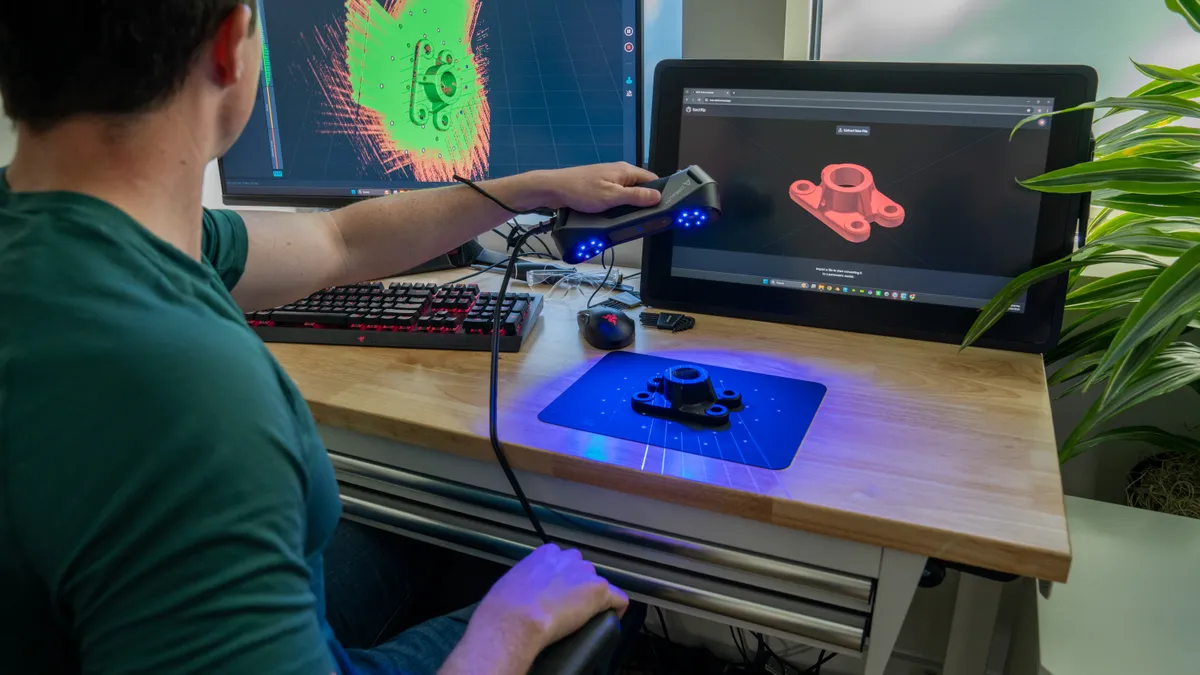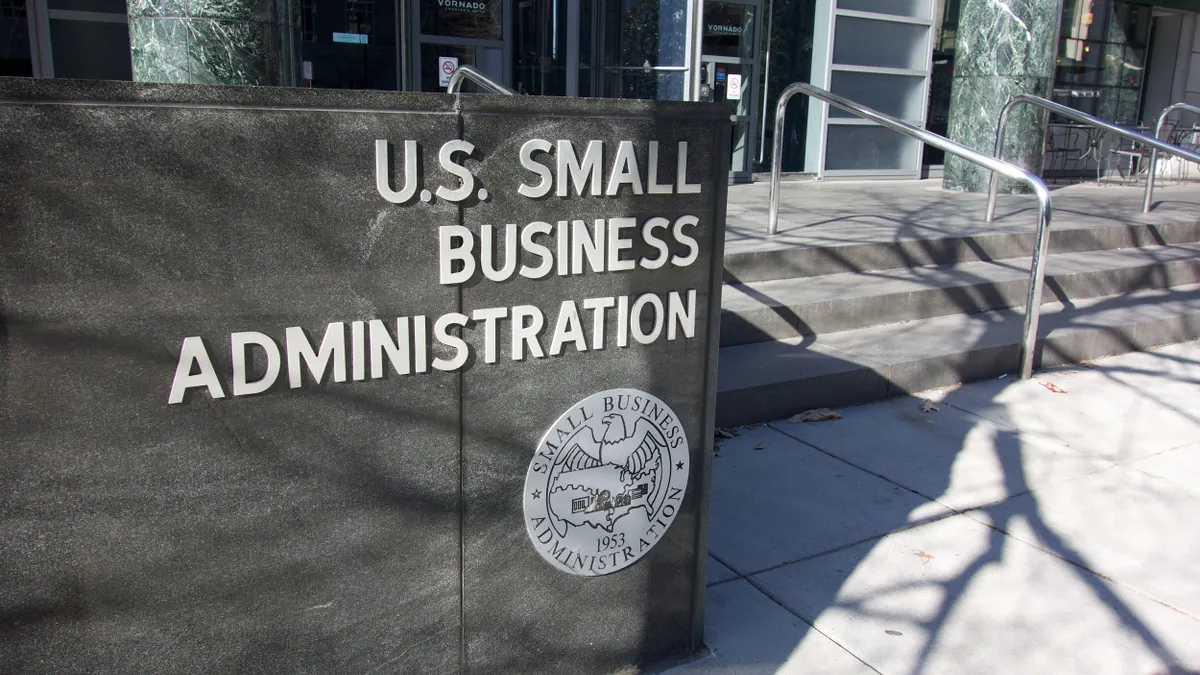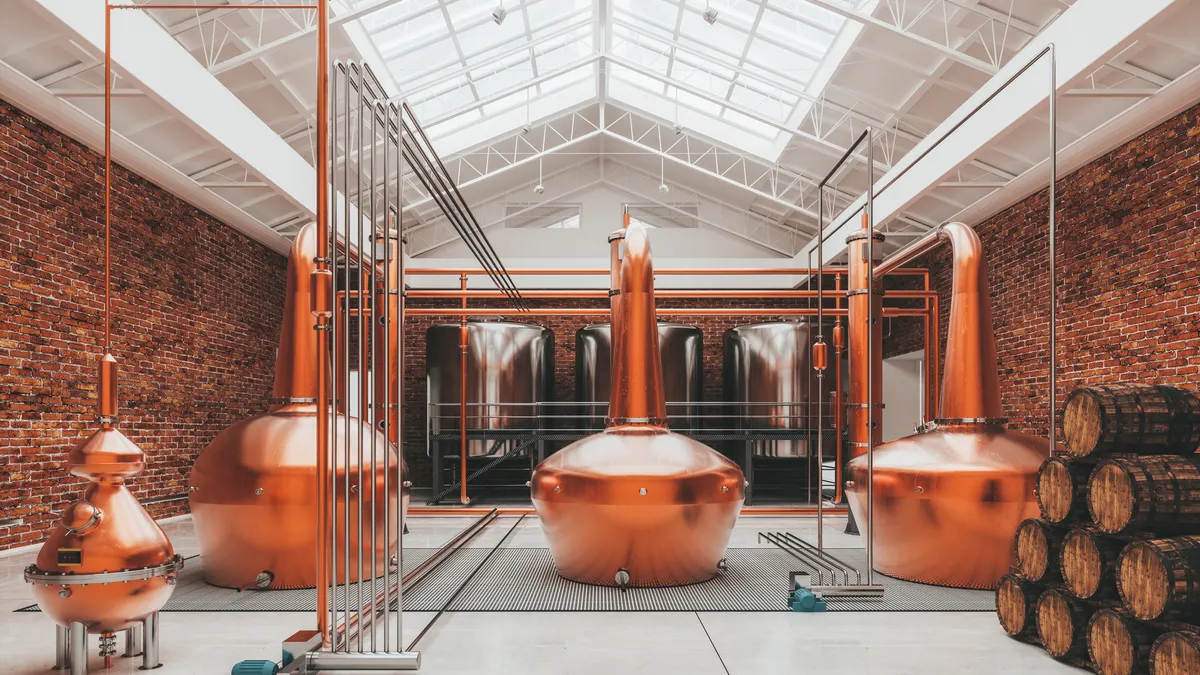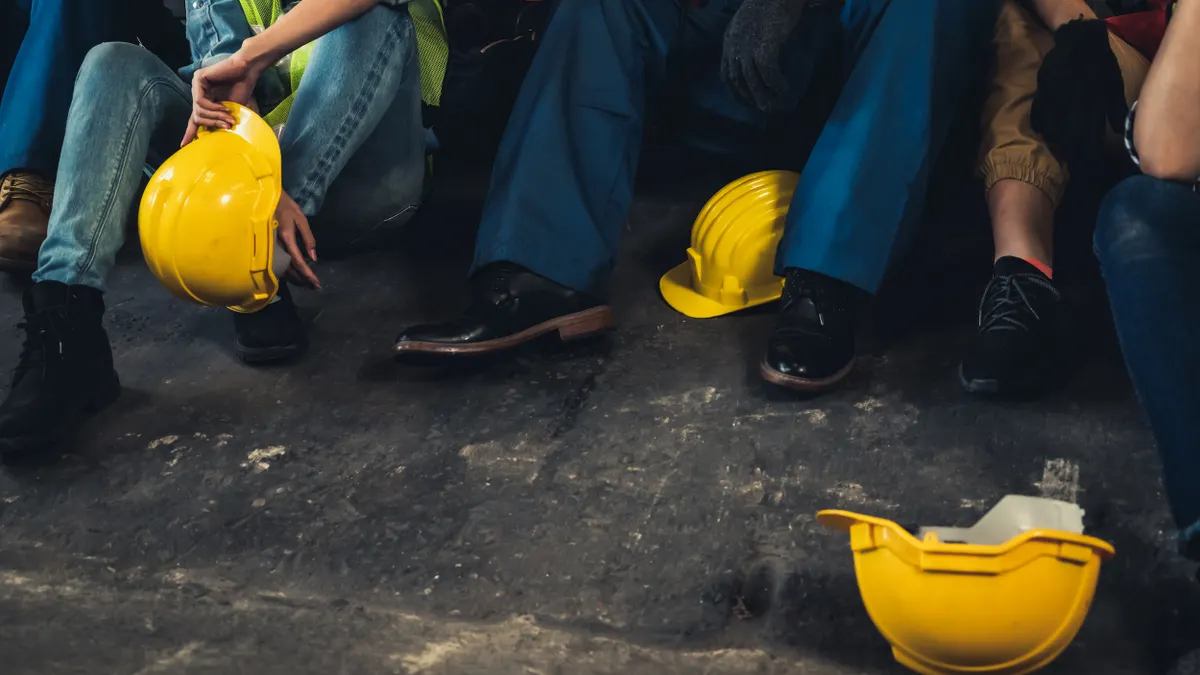U.S. manufacturing is in a rebuilding phase. Following decades of productivity slowdowns fueled by labor declines and globalization, companies are leveraging artificial intelligence and automation to fill in the gaps and attract the next generation of workers.
However, the vast majority of manufacturers in the small to medium-sized tier are struggling to evolve, according to academics. In Cleveland, Ohio, for example, metalworkers today are still using the same milling machines used in the 1940s, said Suzanne Berger, a political science professor at the Massachusetts Institute of Technology and co-director of the university's Initiative for New Manufacturing.
There are no robots. There are no 3D printers. Instead, metal fabricators are looking for people who can operate the equipment they have at a wage of $13 per hour, Berger said — “unless an Amazon warehouse down the street opens up, then [they’ll] have to pay $15 an hour.”
Over the past 20 years, Berger, alongside her colleagues and students, have traveled to factories around the world, interviewing manufacturers about their operations and workforces, and found that U.S. companies are not as technologically competitive as hoped, but rather stuck in a “low-end trap.”
“We have low tech, low skill, low wages, low productivity, and you can't really fix any one of these pieces without trying to really pull this 'knot' apart,” she said. “And, the question is, how do we do that?”
Recently, MIT launched its Initiative for New Manufacturing, an institute-wide effort to reinfuse U.S. industrial production with the latest technologies to bolster economic sectors and ignite job creation.
Through a mix of research, hands-on training and collaboration with corporate partners, the Cambridge, Massachusetts, university plans to build the tools and talent to shape a more productive and sustainable future for manufacturing.
“We want to work with firms big and small … in cities, and small towns, and everywhere in between … to help them adopt new approaches for increased productivity,” MIT President Sally Kornbluth said during a May 7 speech about the initiative.
The first seven consortium member companies involved with the initiative are Amgen, Autodesk, Flex, GE Vernova, PTC, Sanofi and Siemens. They will initially support seed projects related to AI in manufacturing, with plans to expand into other topics, according to a news release. Each company has agreed to provide $1.5 million over a three-year period as part of the initiative, an MIT spokesperson said.
The program, led by Berger and colleagues John Hart and Chris Love, who teach mechanical engineering and chemical engineering, respectively, grew from a desire to bring together separate strands of activity that exist at MIT to focus on manufacturing.
This was done, in part, because “we think manufacturing in the United States is, frankly, in pretty bad shape,” Berger said.
Manufacturing looks to rebuild its sector after immense losses
After U.S. manufacturing employment peaked at 19.6 million workers in 1979, that number fell during each of the five recessions and never fully recovered, according to a report from the U.S. Bureau of Labor Statistics. As of April, there were roughly 13 million manufacturing workers across the country.
Much of this decline occurred in the decade after China joined the World Trade Organization in 2001, Berger said, resulting in “tremendous shrinkage in the industrial ecosystem” as companies began to outsource and offshore.
Over this period, large firms like Kodak and IBM shrank or filed for bankruptcy, and their influence over the industrial ecosystem — through investments in workforce training, supplier partnerships and more — also began to fade. As a result, manufacturers have struggled with worker shortages and “we now have companies that rarely upgrade their equipment,” Berger said.
In 2023, MIT conducted a study that found less than 10% of U.S. manufacturers have deployed robots on their shop floors, citing design limitations, workforce challenges and high integration costs. In terms of AI, Berger said factories haven’t adopted the technology in a meaningful way yet.
“The few examples of using AI in factories now are mainly for machine vision, for quality control and predictive maintenance," she said. "But even there, there's a very low rate of adoption."
To help accelerate technology adoption and manufacturing productivity, MIT’s New Manufacturing Initiative has mapped out a series of education and industry partnership programs, including plans to establish new labs and a “factory observation” effort that allows students to visit production sites. The university also plans to partner with community colleges through MIT’s TechAmp program to bridge the gap between technicians and engineers.
“As American industry faces growing challenges, we need technologies that can respond in real time,” Peter Koerte, Siemens’ CTO and CSO, said in a statement. “This collaboration with MIT brings together the best of research and real-world implementation.”
Over the next three years, Siemens has pledged to invest the expected $1.5 million to fund research, innovation and training through MIT’s manufacturing initiative, with a focus on AI-driven technologies and workforce development.
The collaboration comes as manufacturers look to invest in the U.S. as volatile tariffs pressure operations and hike prices. In March, Siemens completed its $10 billion acquisition of Michigan-based software company Altair and recently opened manufacturing facilities in Fort Worth, Texas, and Pomona, California.
Energy company GE Vernova, which has committed $50 million over the next five years to MIT research and innovation, is also investing nearly $600 million to expand and update its factories and facilities across the nation to meet surging electrical demand.
Scott Strazik, CEO of GE Vernova, posted on LinkedIn last month about MIT’s partnership, highlighting its focus around driving innovation, enhancing production and scaling new manufacturing through research and breakthroughs in technology.
“We’re entering a new era where energy, manufacturing, and economic prosperity are deeply intertwined,” he wrote on LinkedIn. “Program’s like MIT’s #INM are essential to ensuring we don’t just keep up, but we lead. Proud to see this kind of vision and collaboration taking shape. The future of energy will be built, quite literally, by what we make next.”
Another key part of MIT’s manufacturing effort is to address the skills gap across the industry, but the definition of what that means can vary from sector to sector. Semiconductor makers may seek workers who can operate advanced machine learning equipment. Meanwhile, a number of companies are struggling to find workers who can operate older, sometimes outdated, machinery.
“The skill he wants is someone who can work on his 1940s machines,” Berger said about one of the metal worker owners she spoke with. “But I don’t think most of us in this country think that we ought to be educating people to work on 1940s machines.”
Correction: A prior version of this article misstated certain financial pledges to MIT’s New Manufacturing Initiative. Consortium member companies, including Siemens, have each agreed to commit $1.5 million over three years.























